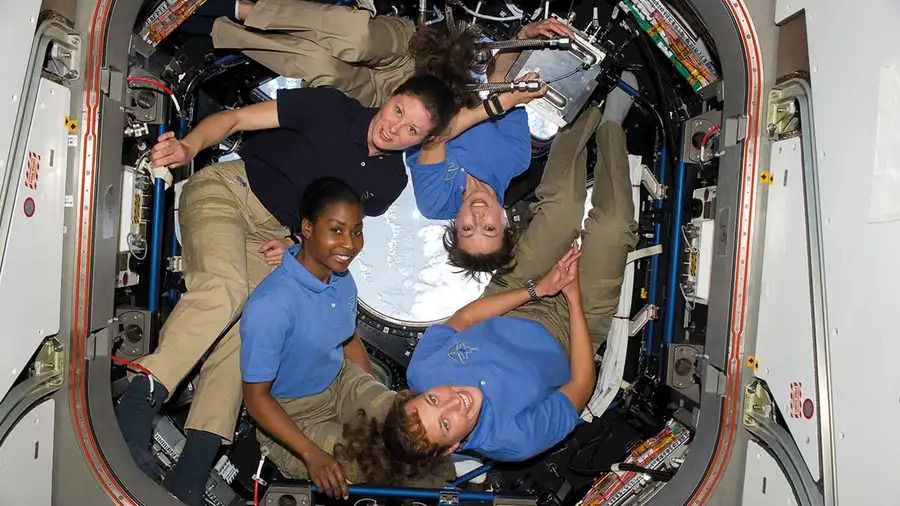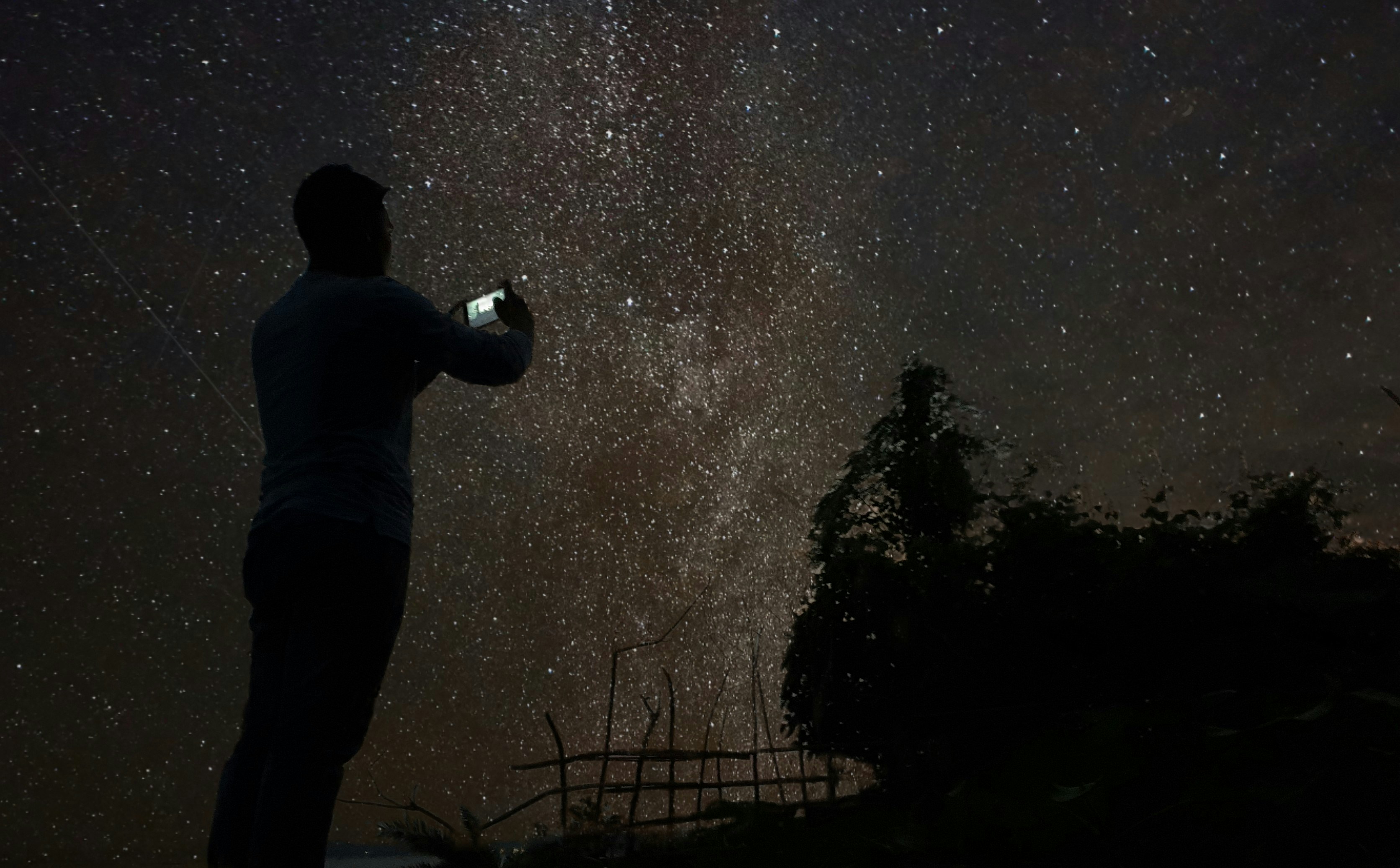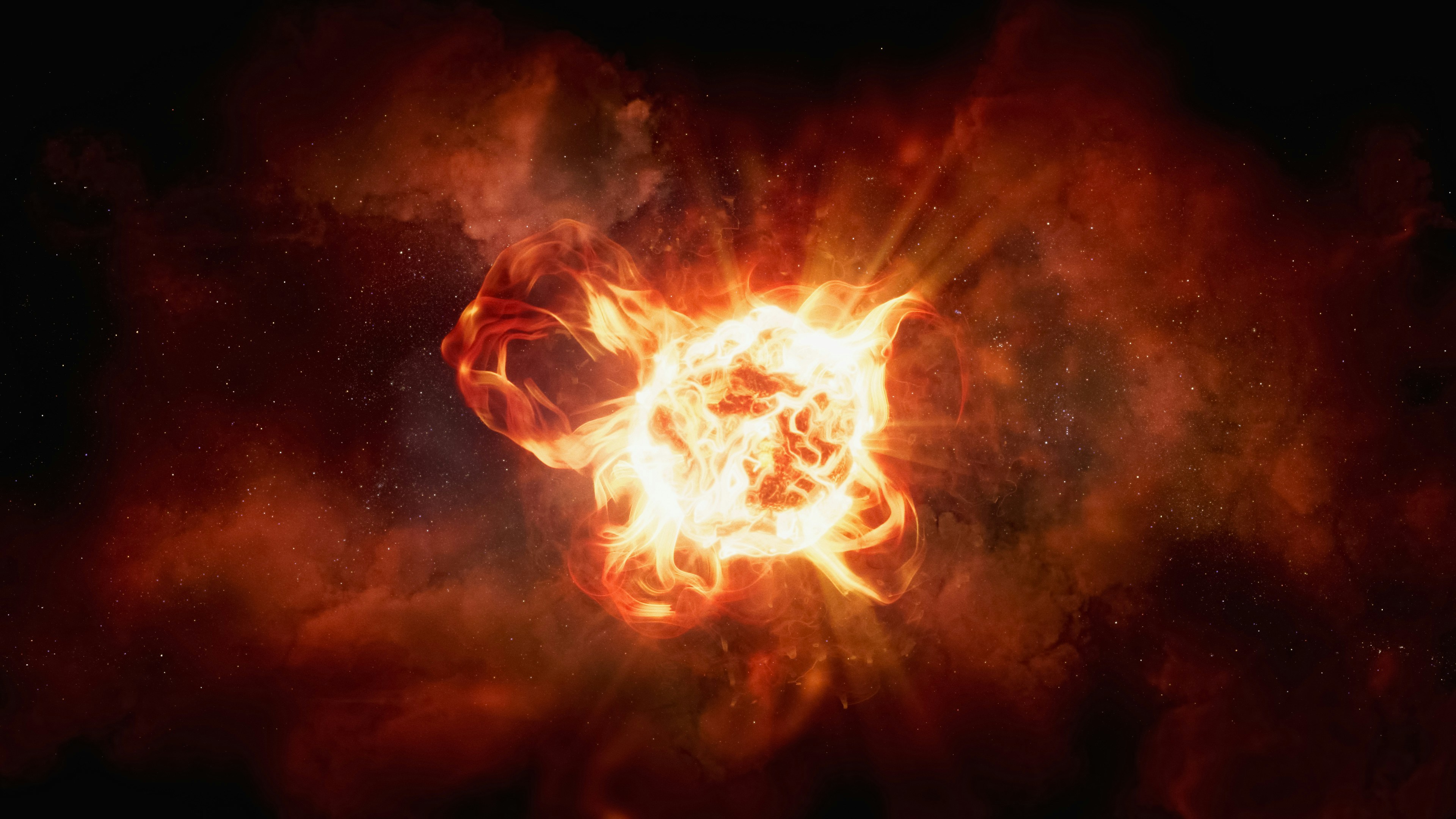
The history of space exploration has often been told through the lens of male achievements, with men dominating the narrative from the earliest days of rocketry to the moon landings and beyond. However, women have played an increasingly significant role in shaping the trajectory of space science, contributing to research, engineering, and spaceflight despite facing systemic barriers rooted in gender discrimination and societal expectations. From pioneering mathematicians known as “human computers” to astronauts leading missions aboard the International Space Station (ISS), women have continually challenged stereotypes and redefined what is possible in space science. This article examines the historical contributions of women in space science, explores ongoing challenges, highlights contemporary achievements, and underscores the importance of promoting gender equality in this cutting-edge field.
Historical Foundations of Women in Space Science
Women’s contributions to space science date back to the early 20th century, often underrecognized due to prevailing gender norms. During World War II, women mathematicians and engineers were essential to computing and aeronautics, laying the groundwork for space exploration. One of the most notable examples is the team of African American women known as the “Hidden Figures,” including Katherine Johnson, Dorothy Vaughan, and Mary Jackson, who performed critical calculations for NASA’s Mercury and Apollo programs. Their work enabled precise trajectory calculations for spacecraft, highlighting the indispensable role of women in technical and analytical roles within space science.
In addition to computing, women contributed to the design, testing, and analysis of early spacecraft systems. Despite societal expectations limiting women to clerical or supportive roles, these pioneers demonstrated exceptional technical proficiency, often outperforming male colleagues and proving their capabilities under high-pressure conditions. Their achievements challenged traditional notions of gender roles, proving that scientific and mathematical talent transcends gender.
Breaking Barriers: Women as Astronauts
The inclusion of women as astronauts marked a pivotal shift in the field of space exploration. Initially, space programs such as NASA’s Mercury program focused exclusively on male candidates, citing physiological and social assumptions that women were unsuitable for long-duration missions. It was not until 1978 that NASA selected its first group of female astronauts, including pioneers like Sally Ride, Judith Resnik, and Anna Fisher.
Sally Ride’s flight aboard the Space Shuttle Challenger in 1983 represented a milestone, not only for gender equality but also for inspiring a generation of young women to pursue careers in STEM fields. Since then, women have continued to break barriers in space exploration, serving as mission specialists, shuttle commanders, and leaders in long-duration ISS missions. Female astronauts have conducted groundbreaking research in microgravity, robotics, spacewalks, and astrophysics, demonstrating the critical impact of diverse perspectives in mission success and scientific advancement.
The barriers women faced extended beyond selection into astronaut corps. Training programs, flight simulations, and mission preparation often reflected a male-centric culture that required women to prove themselves repeatedly. The resilience and determination of female astronauts have reshaped workplace norms, prompting agencies to adopt more inclusive policies and environments that recognize the value of diversity in achieving mission objectives.
Contemporary Achievements and Contributions
Today, women are integral to nearly every aspect of space science. Their contributions span multiple disciplines, including astrophysics, planetary science, engineering, robotics, and mission operations. Leading scientists like Dr. Ellen Stofan, former Chief Scientist at NASA, and Dr. Swati Mohan, who played a pivotal role in the Perseverance rover landing on Mars, exemplify the leadership and technical expertise women bring to complex missions.
Women also play essential roles in the development of space technologies and exploration strategies. From designing satellites and deep-space probes to advancing propulsion systems and life-support technologies, female engineers and scientists are shaping the future of space exploration. Their involvement ensures that diverse perspectives inform problem-solving and innovation, resulting in more robust and creative solutions to the technical and operational challenges inherent in space missions.
The growing visibility of women in leadership positions within space agencies has further catalyzed cultural change. Initiatives to increase representation, mentorship programs for young scientists, and efforts to dismantle systemic biases have fostered a more inclusive environment, encouraging the next generation of female engineers, scientists, and astronauts.
Challenges and Barriers Still Present
Despite substantial progress, women in space science continue to face structural, cultural, and societal challenges. Gender bias in recruitment, promotion, and recognition persists, and women are often underrepresented in senior leadership roles. Pay disparities, unequal access to research funding, and limited media coverage of female achievements contribute to the ongoing marginalization of women in STEM fields.
Furthermore, societal stereotypes regarding gender roles in science and engineering discourage many young women from pursuing space-related careers. The need for visible role models, mentorship opportunities, and supportive institutional policies remains critical for fostering inclusivity and ensuring that talent is recognized regardless of gender.
Efforts to address these challenges include institutional reforms, policy changes, and educational initiatives designed to attract, retain, and advance women in space science. Programs promoting STEM education for girls, diversity initiatives within NASA and other space agencies, and international collaborations aimed at gender equity are critical for building a sustainable and inclusive workforce capable of tackling the complexities of space exploration.
The Future of Women in Space Science
The trajectory of women in space science is one of progress, resilience, and transformative impact. As space exploration becomes increasingly ambitious — from Mars missions and lunar bases to deep-space telescopes and commercial spaceflight — the contributions of women will be vital in driving innovation, research excellence, and organizational effectiveness.
Emerging technologies such as artificial intelligence, robotics, and advanced propulsion systems present new opportunities for women to lead in cutting-edge areas of space science. International partnerships and commercial space initiatives offer platforms for expanding female participation and leadership, while public outreach and educational programs inspire future generations to pursue STEM careers.
Table: Milestones of Women in Space Science
| Year | Milestone | Notable Figure | Impact |
|---|---|---|---|
| 1950s–1960s | Human computers for NASA missions | Katherine Johnson, Dorothy Vaughan | Critical trajectory calculations for Mercury and Apollo programs |
| 1978 | First female astronauts selected by NASA | Sally Ride, Judith Resnik | Opened the door for women in spaceflight |
| 1983 | First American woman in space | Sally Ride | Inspired young women globally to pursue STEM |
| 2021 | Perseverance rover Mars landing | Swati Mohan | Demonstrated women’s leadership in high-profile missions |
| 2020s | Increasing leadership roles in NASA and ESA | Ellen Stofan, Dava Newman | Promotes inclusive organizational culture and mentorship |
The continued advancement of women in space science not only drives innovation and discovery but also fosters more inclusive and diverse research environments. By supporting mentorship, education, and leadership opportunities, the space sector can empower future generations of women to shape the next frontier of exploration.
Key Actions to Support Women in Space Science
-
Expanding mentorship and sponsorship programs for young scientists and engineers.
-
Implementing policies to ensure equitable access to research funding, leadership opportunities, and career advancement.
-
Promoting visibility and recognition of female contributions through media, awards, and public outreach.
-
Encouraging educational initiatives targeting girls and underrepresented communities in STEM.
-
Cultivating inclusive workplace cultures within space agencies and commercial space organizations.
By consistently implementing these actions, institutions can create a supportive environment that nurtures talent, fosters innovation, and ensures that women have equal opportunities to contribute meaningfully to space science and exploration. Such efforts pave the way for a more diverse, resilient, and forward-thinking space community.
Conclusion
Women have fundamentally shaped the landscape of space science, breaking barriers that once seemed insurmountable and contributing to some of the most remarkable achievements in human history. From the early human computers to contemporary astronauts and engineers leading missions to Mars and beyond, women have demonstrated ingenuity, resilience, and expertise across all domains of space exploration.
Ensuring gender equity in space science is not merely a moral imperative; it is critical for innovation, mission success, and the sustainable advancement of humanity’s presence in space. By fostering inclusive environments, providing mentorship, and promoting visibility of women’s achievements, the space science community can continue to break barriers and inspire future generations. The legacy of women in space science is a testament to human determination and potential, illustrating that the pursuit of knowledge and exploration knows no gender boundaries.

